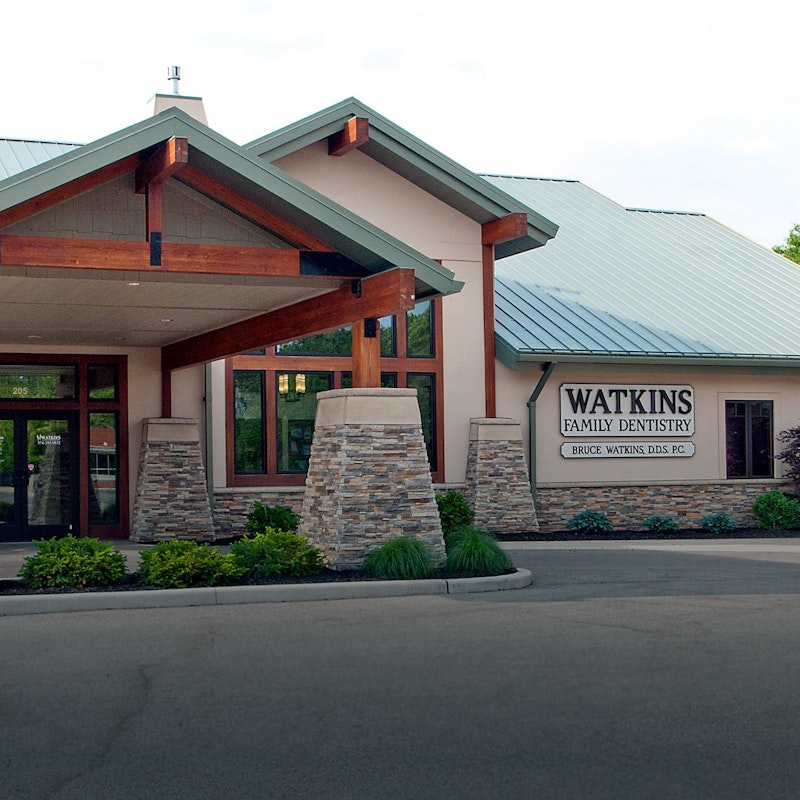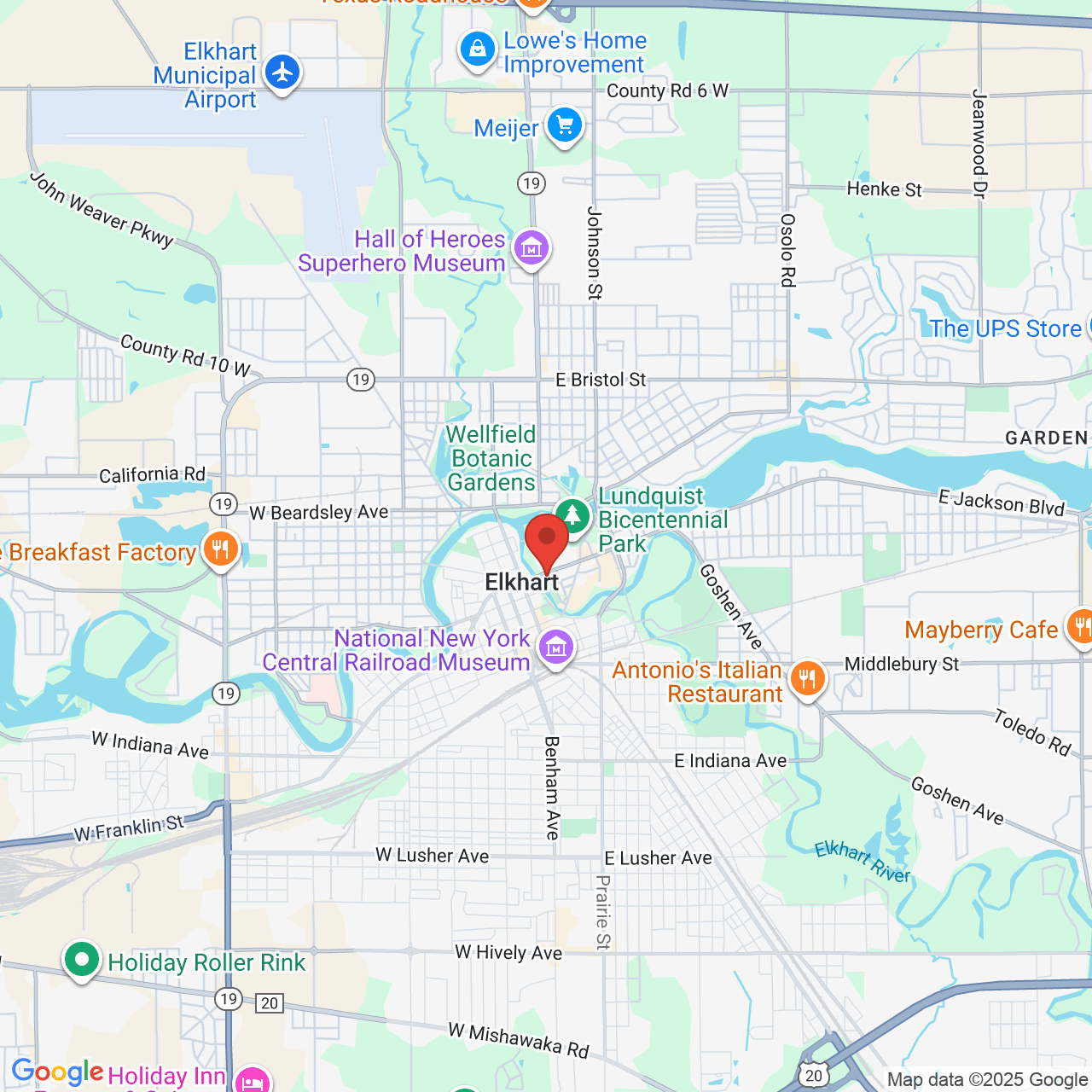A Tooth Extraction Can Protect Your Oral Health
When a tooth becomes too damaged to repair, a tooth extraction may be necessary to preserve your oral health. Extractions might also be necessary in other cases, such as to prevent overcrowding due to wisdom teeth, or in preparation for orthodontic treatment. Although he will take every necessary measure to salvage unhealthy teeth, Dr. Bruce Watkins also provides gentle extractions at our Elkhart, IN, office. He is committed to patient comfort and offers sedation dentistry to help you relax throughout treatment.

Why Tooth Extractions Are Performed
If a tooth is too damaged or decayed to be eligible for treatments such as fillings or dental crowns, Dr. Watkins may discover that an extraction will be necessary to preserve your oral health. Other reasons for extracting one or more teeth include overly crowded teeth, infection that fails to respond to root canal therapy, the removal of wisdom teeth, and even removing baby teeth that have failed to naturally fall out to make way for permanent teeth.
What to Expect During the Procedure
There are two types of dental extractions: simple and surgical. The two differ slightly but share some similar steps. Before beginning the procedure, the tooth and surrounding tissues will be numbed with a local anesthetic. We also provide sedation, including nitrous oxide and oral conscious medication for patients who are undergoing surgical extractions or struggle from dental anxiety. This simple measure can minimize discomfort during your procedure.
If a tooth is too damaged for restorative treatment, Dr. Watkins may recommend a tooth extraction to preserve your oral health.
Simple Extraction
A simple extraction is used when a tooth is visible in a patient’s mouth. Dr. Watkins will numb the treatment area and use a tool called an elevator to loosen the tooth from the socket. This may involve gently rocking it back and forth, then lifting the tooth out with forceps.
Surgical Extraction
A surgical extraction is used when the tooth has not erupted from the gum line. This could be the case with teeth that have not fully come in yet or a tooth that has broken off at the gum line. During this type of procedure, stronger sedation is generally required. Once the patient is comfortable, Dr. Watkins will make a small incision in the gums to access the tooth. If necessary, some of the bone may also need to be removed in order to gain better access. He will then use the same dental instruments to loosen and extract the tooth.
Recovering from a Dental Extraction
After Dr. Watkins has completed the extraction, you will need to bite down on a gauze pad to encourage a blood clot to form at the site of the extraction. This will help to minimize any bleeding. For patients who require surgical extractions, sutures may be required. Some pain and swelling is to be expected in the day or so following your visit to our office. Ice packs can be used to soothe pain or swelling after your procedure, and Dr. Watkins can also advise when pain medications can be taken.
During the first 48 hours after a dental extraction, it is also important to refrain from drinking from a straw, brushing or rinsing vigorously, smoking, or drinking alcohol. The first day should be spent resting and staying off your feet as much as possible. Exercise should be avoided for at least 48 hours but it is best to avoid exercise for four days. These steps will help promote healing after the procedure and minimize any disturbance to the extraction site.
Contact Us for a Consultation
To learn whether an extraction may be necessary to preserve or maintain your oral health, schedule a consultation with Dr. Watkins. Contact our office today by calling (574) 293-9832, or by filling out our online contact form.


